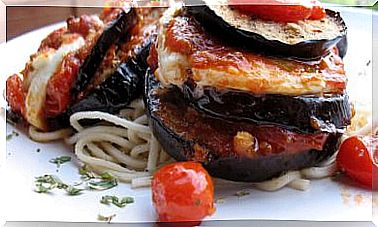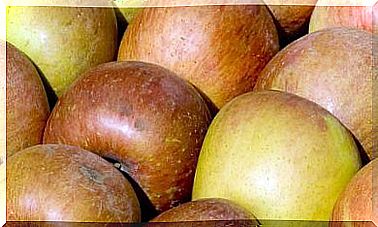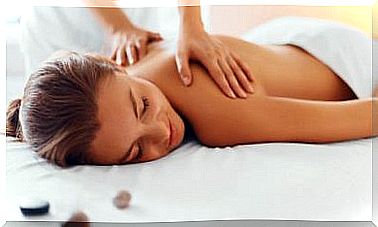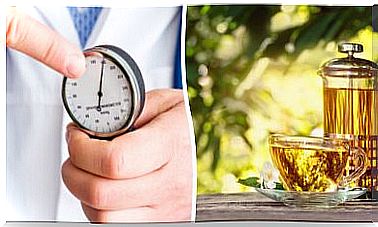Make Your Own Natural Nail Fungus Breaker
It is considered that, in addition to the treatment prescribed by the doctor, the following home remedy could be used to eliminate nail fungus.
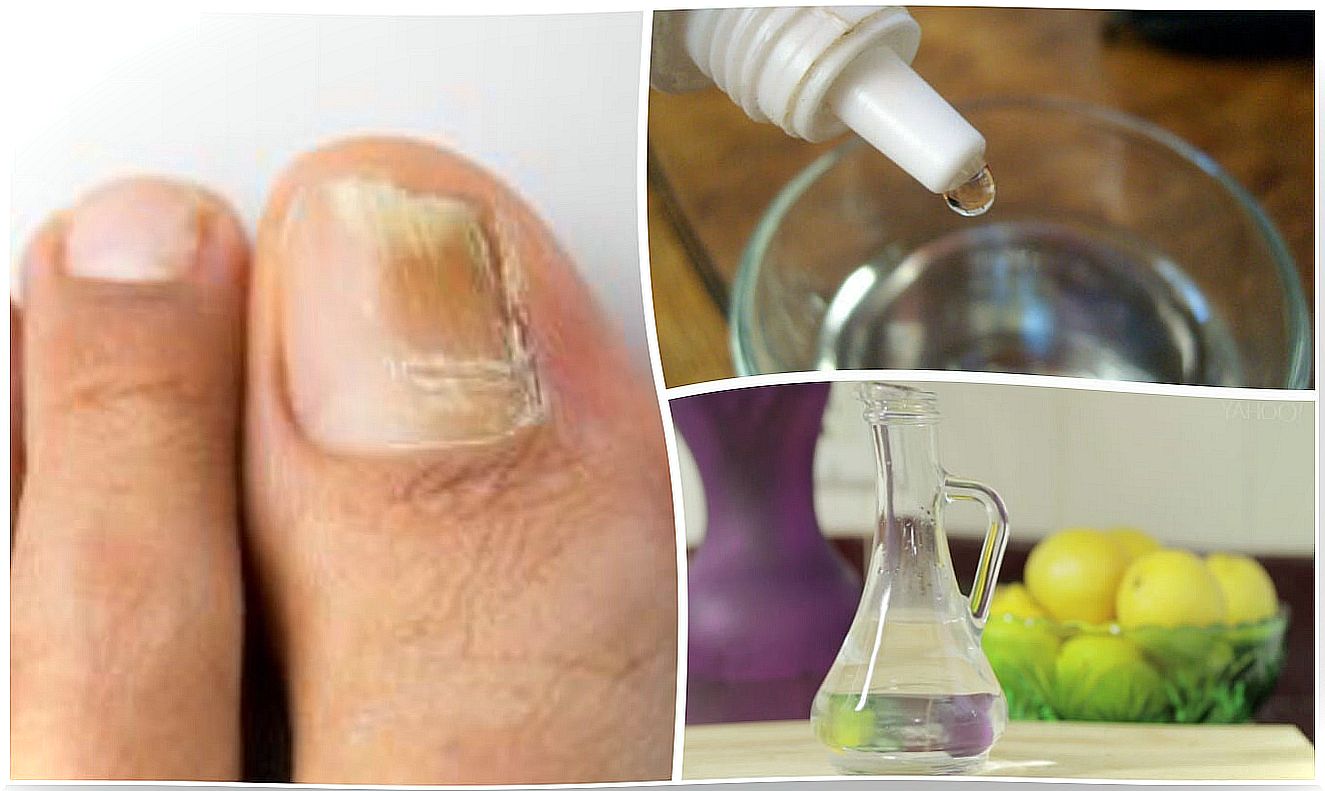
If you have nail fungus, it is best to consult your doctor or, failing that, the pharmacist, to obtain an appropriate treatment. And if the professional authorizes it, as a complement we can resort to the homemade fungus breaker.
Homemade fungus breaker is a preparation that aims to help eliminate nail fungus. It is made up of three ingredients with antibacterial and antimicrobial properties: white vinegar, ethyl alcohol and hydrogen peroxide.
Nail fungus, a common problem
Nail fungus is a problem that must be treated, not only for aesthetic reasons, but also for health. Therefore, it is necessary to go to the doctor to receive the appropriate treatment for our case.
Onychomycosis (also known as ‘ringworm’) is one of the most common infections that can affect the nails and, specifically, the nail plate. This is caused by the action of dermatophytes, yeasts or non-dermatophyte molds, pathogenic microorganisms that grow easily in humid and warm environments.

It most often affects the toenails, however, it can also affect the fingernails. And it is characterized by causing more visible symptoms than sensitive, especially when it is just beginning to develop.
This condition makes the nails look bad and present various alterations in shape, size, color and even smell. For this reason, they can be seen as yellowish, thick and brittle (or scaly), while the surrounding skin is inflamed and reddish.
When the proper treatment is not applied, there is a risk that the nail will weaken and fall off. Because of this, it is essential to pay attention to it from its initial stages and follow the doctor’s instructions.
The ingredients of the fungus breaker for nails
According to popular wisdom, this topical ‘fungus breaker’ could help fight nail infection. To make it, you only need three ingredients that are attributed antimicrobial and antibacterial properties:
- Peroxide.
- 90% ethyl alcohol.
- White vinegar.
Benefits of hydrogen peroxide
Hydrogen peroxide or hydrogen peroxide is a widely used product for wound disinfection. It has one atom more oxygen than normal water and the most widely sold presentation in pharmacies is 3%.
It is part of the catalog of ecological disinfectants, since the chemical action of oxidation is responsible for eliminating the pathogens (bacteria) that cause nail infection.
Its application on the nails favors the destruction of the yeasts and dermatophytes that cause the infection.
Benefits of 90% ethyl alcohol
Ethyl alcohol is one that is distilled for medicinal purposes and, therefore, almost everyone has it in their first aid kit.
- This is used as a disinfectant and antibacterial, especially in lesions that affect the skin.
- It is proven to be effective against most bacteria and fungi, but not against bacterial spores.
At the aesthetic level, it is part of the manicure and pedicure. This reduces the presence of nail fungus and eliminates the microorganisms that may remain on the tools.
White vinegar benefits

The acidic compounds in white vinegar are thought to help treat skin fungus. Furthermore, this liquid is considered to be a good antiseptic and also a natural antifungal. Therefore, it could cope with onychomycosis and the well-known ‘athlete’s foot’.
Its application reduces the sensation of itching, the yellow color and the unsightly hardness that prevents you from showing off beautiful feet.
Nail fungus recipe

The mushroom breaker is easily prepared from three ingredients with antimicrobial and antibacterial properties : white vinegar, hydrogen peroxide and ethyl alcohol.
Ingredients
- 5 tablespoons of 90% ethyl alcohol (50 ml).
- 5 tablespoons of hydrogen peroxide (50 ml).
- 2 tablespoons of white vinegar (20 ml).
Utensils
- 1 glass container (with lid).
- 1 metal or plastic spoon.
Process
- Place the hydrogen peroxide and ethyl alcohol in a glass container.
- Add the white vinegar and shake so that everything is well integrated.
- Cover the jar and leave it in a cool, dry place.
- Wash the affected nail very well.
- Dry it with a soft towel and apply a little treatment with the help of a cotton ball.
- If it is too thick, carefully file the surface and rub the mixture.
- Use it regularly in conjunction with your doctor’s prescribed treatment for good results.
Besides applying the fungus breaker, what else should you do?
If you have nail fungus, it is best to consult with your doctor about the most appropriate treatment for you. And if the professional authorizes it, you can use some accessories, such as the fungus breaker that we discussed earlier.
It is not recommended that you resort exclusively to natural remedies, since if this is the case, the infection could worsen and not heal as it should. Therefore, you should always consider them as possible complementary aids.
In case you have toenail fungus, try to disinfect your shoes, socks and all kinds of items (towels, for example), with a little baking soda, to make sure you do not get infected again.

